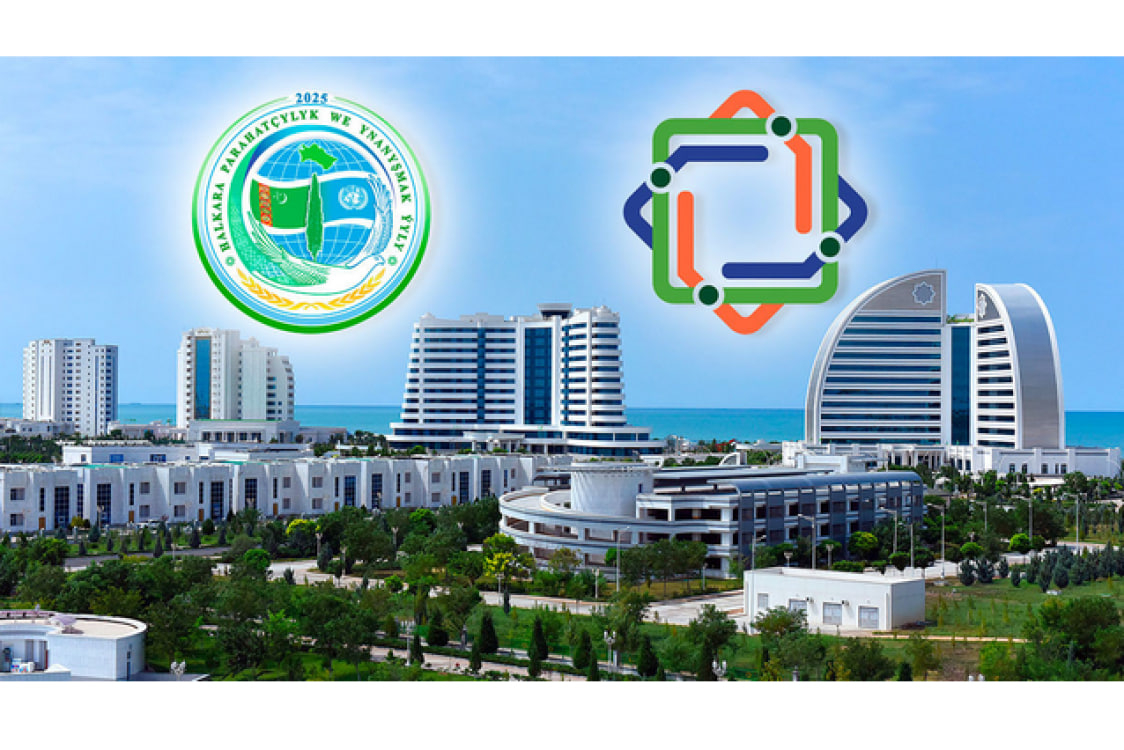
Long perceived as cut off from global economic flows, Africa’s landlocked developing countries (LLDCs) are increasingly demonstrating the potential of connected economies. Their geographical location, previously considered a limitation, is turning into a competitive advantage due to growing regional integration, digital technologies and the implementation of the African Continental Free Trade Area (AfCFTA). This was reported by the IIC of Turkmenistan.
In a new UNDP analytical report, ‘Africa’s Land-Linked Economies: Pathways to Prosperity and Development’, LLDCs are seen as active participants in the continent's transformation processes. The document contains recommendations for overcoming infrastructure and logistical barriers and demonstrates how digitalisation and trade liberalisation are opening up new channels for regional and global cooperation.
According to Ahunna Eziakonwa, Assistant Secretary-General of the United Nations and Head of the UNDP Regional Bureau for Africa, ‘connected economies are turning geography into a strategic asset. There is a need to move from commodity dependence to high value-added production and to strengthen investment flows to critical infrastructure.’
LLDCs in Africa already contribute significantly to export flows: diamonds (Botswana, Lesotho, Zimbabwe), copper (Zambia), gold (Burkina Faso, Mali, CAR), coffee (Ethiopia, Uganda), sugar (Eswatini), textiles (Lesotho, Ethiopia). Zambia's average annual exports in 2013–2024 amounted to $9.3 billion, Botswana's to $6.4 billion, and Zimbabwe's to $4.5 billion. At the same time, countries such as Eswatini, Rwanda and Uganda demonstrate a high level of regional integration: more than 30% of their exports go to African markets.
Transport infrastructure development remains a key factor. Examples include the Addis Ababa-Djibouti railway line, which has reduced freight delivery times from 72 to 12 hours, and the construction of the Malaba-Kampala corridor in Uganda. Ethiopia is banking on its national airline as a link to global markets.
Digital tools are helping LLDCs offset logistics costs. Burkina Faso is introducing digital payment systems for farmers, while blockchain solutions in Uganda, Rwanda and Ethiopia are speeding up customs procedures and improving compliance with export standards.
As Samuel Doe, UNDP Resident Representative in Ethiopia, emphasised, ‘The move to a land-linked model allows LLDCs to act as bridges between regions rather than being dead ends for development. With the AfCFTA, they can accelerate the exchange of goods, services and data, increasing the resilience of the African economy as a whole.’
This approach is reflected in the Awaza Programme of Action 2024–2034 and is aligned with Africa’s Agenda 2063 and the Sustainable Development Goals. Realising this potential requires comprehensive reforms, strategic partnerships and a focus on sustainable development.













 Read us in Zen
Read us in Zen



